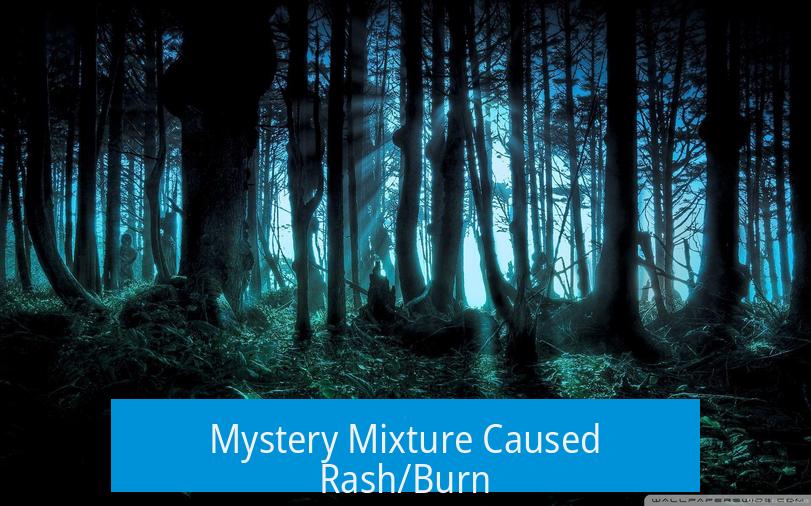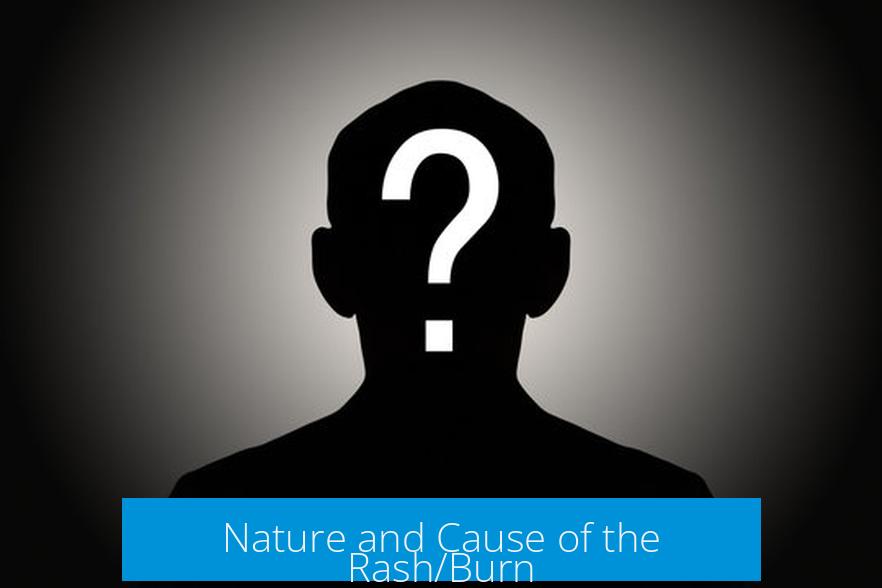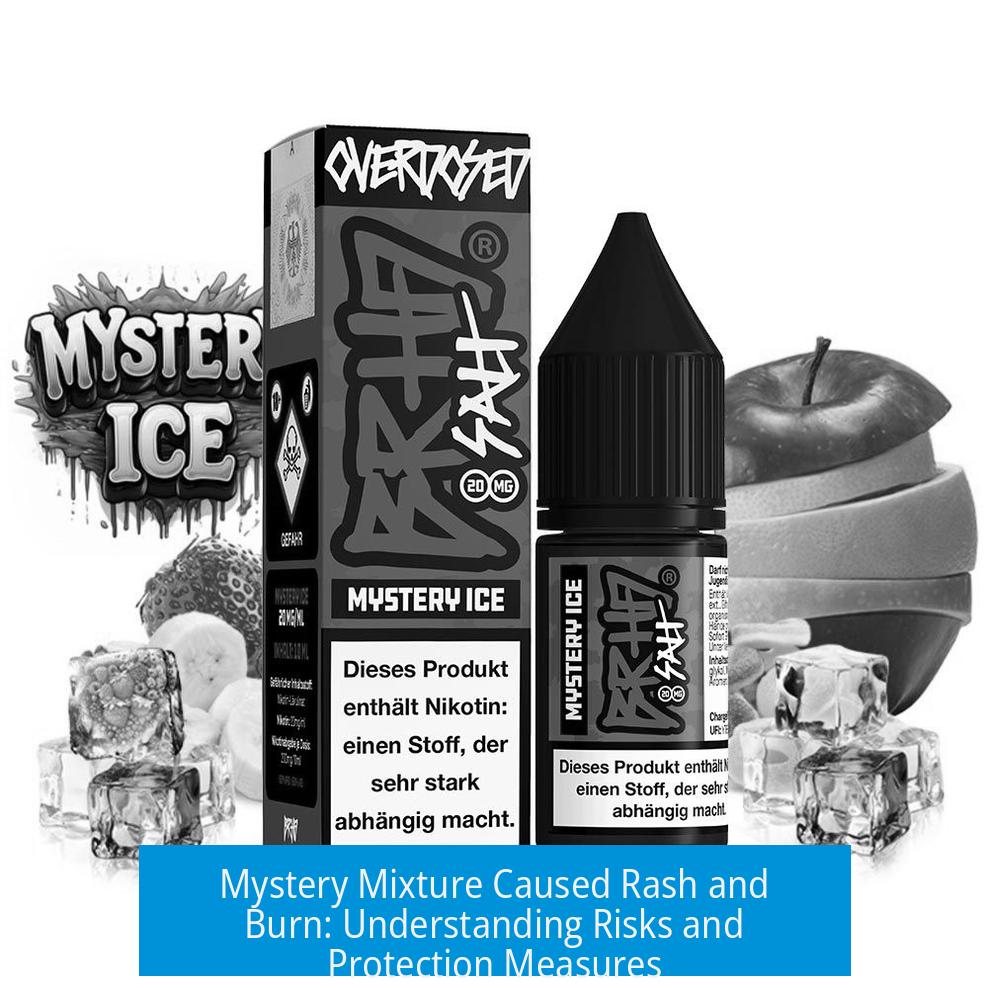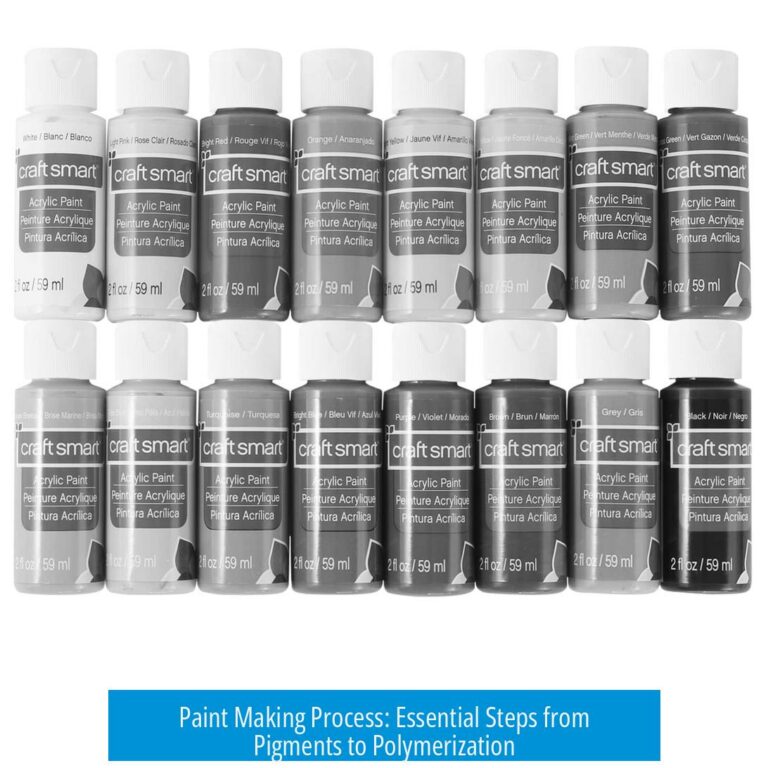Mystery Mixture Caused Rash/Burn

The rash or burn is caused by hydrogen peroxide, often due to its concentration or individual sensitivity. This chemical is caustic and can cause skin irritation, even at low concentrations. While not permanently harmful, the reaction often produces symptoms like redness, itching, or a whitish rash that typically resolves within a week.
Nature and Cause of the Rash/Burn

- Hydrogen peroxide can cause a peroxide burn, which is a reaction of the skin to its caustic nature.
- The severity depends on concentration and user sensitivity; higher concentrations or sensitive skin increase risk.
- Usually, symptoms are temporary and heal within days without lasting damage.
How the Rash or Burn Forms
Peroxide can irritate skin through multiple mechanisms, including chemical reactions with other substances.

- Low concentration hydrogen peroxide stains can cause itching lasting about an hour.
- Contact between metal alloys and peroxide creates whitish rashes due to a chemical reaction on the skin.
- Peroxide’s interaction with rubber or plastic may cause reactions leading to burns, especially if combined with other chemicals, such as fertilizers.
- Evaporation can concentrate peroxide on the skin, increasing irritant effects.
Personal Experiences Illustrate Risks
- Users reported burns after spraying 3% peroxide on plants and handling plastic pots shortly afterward.
- Some experienced burns when spraying roots before repotting, with symptoms delayed for hours.
- Using peroxide to sanitize objects with rubber handles can cause burns on the skin where contact occurs.
- These accounts show even low concentration (3%) peroxide can cause irritation.
- Glove use is a common recommendation to avoid skin exposure and burns.
Concentration and Exposure Considerations

Hydrogen peroxide solutions near 3% are widely used but can still cause skin reactions. Evaporative concentration or contact with certain materials can increase the irritant effect. Awareness of these factors helps minimize risk.
Key Takeaways

- Hydrogen peroxide can cause skin burns or rashes due to its caustic properties.
- Burns occur even with commonly used 3% solutions, especially with prolonged or repeated exposure.
- Skin reactions may involve chemical interactions with metals, plastics, or rubber.
- Using gloves and avoiding skin contact reduces risk of peroxide burns.
- Peroxide burns are usually temporary, resolving within a week without lasting harm.
Mystery Mixture Caused Rash/Burn: Unraveling the Hydrogen Peroxide Puzzle
What causes that sudden rash or burn after touching some mysterious liquid? The culprit often turns out to be hydrogen peroxide, unexpectedly effective—and caustic—when mixed with certain materials. If you’re scratching your head over a strange rash or burn, this deep dive may just clear things up.

Let’s face it: hydrogen peroxide is a household superstar. It disinfects wounds, whitens teeth, and even cleans plants. But mix it up in certain ways, and it can cause unpleasant skin reactions. Why? And how does that mystery mixture come into play? Let’s explore.
Why Does Hydrogen Peroxide Cause Rash and Burns?
Hydrogen peroxide (H2O2) isn’t just water with a twist. It’s quite caustic at certain concentrations. Simply put, its strong oxidizing power irritates skin cells, especially when it’s concentrated or someone’s skin is extra sensitive.
One common experience: a peroxide burn. The name sounds dramatic, but thankfully, it’s typically mild. Think of it as a temporary skin flare-up that fades within a week. This isn’t a chemical catastrophe but more like your skin’s “Hey, that stings!” moment.
One user’s blunt diagnosis sums it up well:
“That’s a peroxide burn.”
In some instances, even the mild 3% solution—found in many medicine cabinets—can cause a burn, especially if it leaks onto rubber, plastic, or metal surfaces first and then touches skin.
The Curious Chemistry Behind the Rash
Here’s where our mystery mixture fully earns its name. Hydrogen peroxide doesn’t always act alone. The stories of rash sufferers show interesting interactions when peroxide meets other materials:
- Metal alloys + peroxide = whitish rash: One person reported a strange, white rash after touching a metal alloy (like a SIM card ejector) followed by peroxide contact. The metal likely catalyzed a reaction making the peroxide more reactive locally on the skin.
- Plastic or rubber + peroxide remix: Another account involves burns from disinfecting scissors with rubber handles. The peroxide might partially dissolve or react with the rubber, increasing its skin irritant properties. This seems plausible since plastic and rubber vary widely in composition.
- Peroxide + fertilizer or unknown compounds: Sometimes, mixtures that seem harmless—say, peroxide combined with fertilizer in gardening—might shift chemical dynamics, possibly enhancing the peroxide’s causticity. Though rare, it remains an open question in some anecdotal reports.
Plus, evaporation complicates matters. Hydrogen peroxide’s boiling point exceeds water’s, so when mixed solutions partially evaporate, peroxide concentration can spike unpredictably like a stealthy chemical ninja. This concentration boost can escalate skin irritation severity.
Real-Life Tales: When Gardening Turns Painful
Many plant lovers swear by peroxide to keep their green thumbs clean—until they meet the sting edge of science:
“I had a burn after spraying my plants with 3% hydrogen peroxide. It happened after I grabbed a plastic planter pot with drainage holes just five minutes after spraying. Surprising and painful!” “Spraying roots with peroxide and repotting led to a burn hours later only after finishing all the potting work. The delay puzzled me but made sense when I realized how the peroxide lingered.”
Sound familiar? While peroxide combats mold and bacteria, it also hangs around longer than you’d think, ready to irritate when you least expect it. Many users admit they forgot gloves at their peril. The sharp lesson? Always suit up with gloves when handling peroxide.
How to Protect Yourself from the Mystery Mixture
Here’s where science meets common sense. If you’re working with hydrogen peroxide, especially around plants, metals, or plastics, heed these tips:
- Gloves are your best friends: Wearing gloves prevents direct skin contact with peroxide and mitigates rash risks.
- Test concentrations carefully: Even 3% peroxide can cause reactions depending on exposure time, evaporation, or surface reactions.
- Beware of mystery surfaces: Plastic, rubber, metal alloys—these surfaces can intensify peroxide’s effect on skin post-contact.
- Clean spills immediately: Peroxide that evaporates quickly may become more potent, so wipe off any spills promptly.
- Observe your skin: If itching, redness, or white rash emerges, wash thoroughly with water and avoid further exposure.
What If You Already Have a Hydrogen Peroxide Rash?
A peroxide burn feels painful, not unlike a scald. The skin may itch or display a whitish rash. Relax—these symptoms are usually temporary and fade in days under normal care.
Rinse the area gently with cool water. Avoid further peroxide or harsh chemicals until healed. If symptoms worsen or don’t improve in several days, consulting a healthcare professional is wise.
The experience is uncomfortable but rarely dangerous. It’s a reminder that even everyday chemicals demand respect and care.
Why Does This Mystery Still Puzzle People?
The “mystery” in mystery mixture lies in unpredictable interactions between peroxide, surroundings, and skin sensitivity. Different concentrations, combined with contact materials (metal, plastic, rubber), and environmental factors (evaporation, exposure time), create a complex web of outcomes.
People often overlook these details, chalking up the rash or burn to allergy or mishap without understanding the underlying chemistry. Sharing these stories and practical knowledge helps unravel this puzzle.
To Wrap It Up: Handle Peroxide Like a Pro
Hydrogen peroxide wears many hats but can cause rash or burns through direct or indirect contact, especially when involved in mysterious mixtures with metals or plastics. The solution? Respect the chemical’s power, use protective gloves, and be mindful of what surfaces your peroxide touches before your skin does.
Ever experienced a peroxide rash or burn that baffled you at first? What objects or activities were involved? Your story could help others decode their own mystery mixtures.
Remember: Even simple household chemicals have layers of complexity. Approach them with a curious mind and steady gloves. Your skin will thank you.
What causes the rash or burn from the mystery mixture?
The rash is usually a peroxide burn. It happens when hydrogen peroxide, which is caustic, contacts the skin. Sometimes higher concentration or sensitivity makes the burn worse.
Why does touching metal and peroxide cause a whitish rash?
A chemical reaction may occur between metal alloys and hydrogen peroxide. This reaction can create a whitish rash where the contact happened, as reported by some users.
Can the rash occur when using low concentration (3%) hydrogen peroxide?
Yes, even 3% peroxide has caused burns for some people. The burn feels painful but usually fades after a few minutes or days.
How do plastic or rubber components contribute to the skin reaction?
Hydrogen peroxide may react with plastic or rubber, possibly dissolving materials and causing skin irritation. This effect appears stronger when mixed with other substances.
What precautions should be taken to avoid peroxide burns?
Wearing gloves when handling peroxide is advised. Being careful with contact to metal and avoiding prolonged skin exposure reduces risk of burns or rash.





Leave a Comment